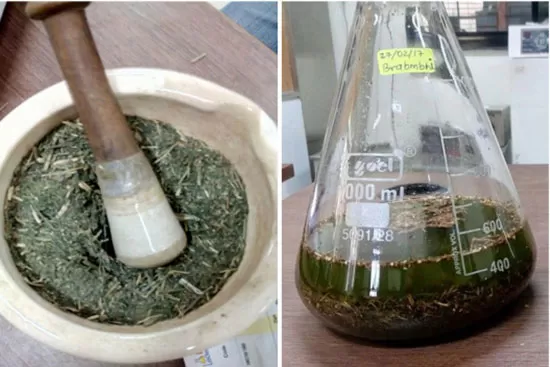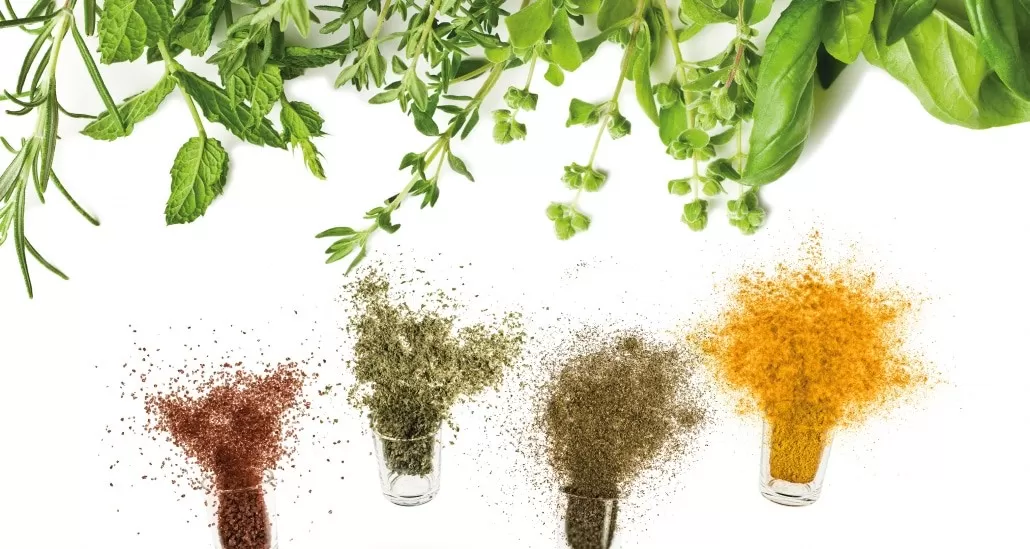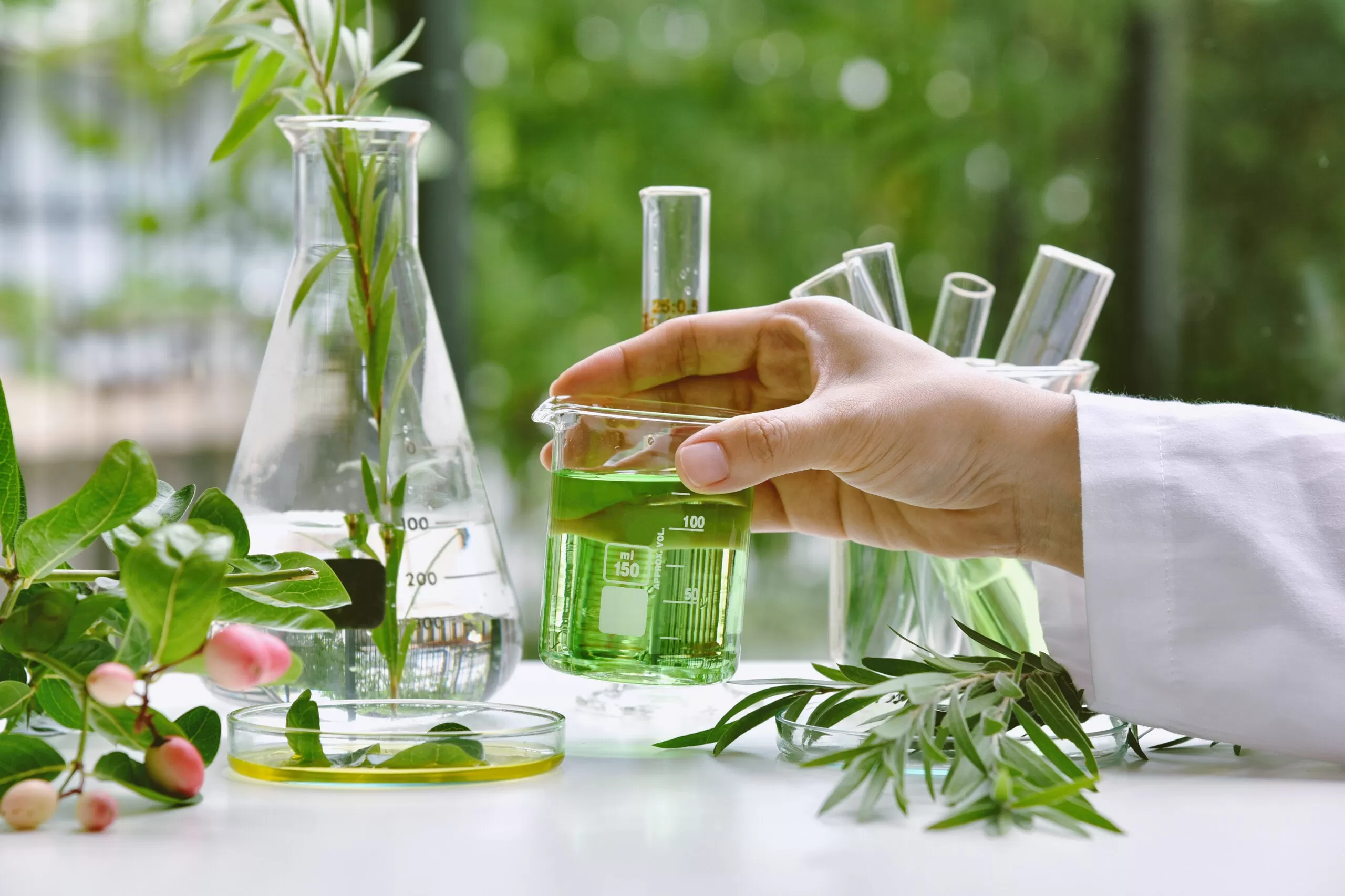- 0086-571-85302990
- sales@greenskybio.com
Unveiling the Secrets: Differences in Plant and Animal DNA Acquisition
2024-07-27
1. Introduction
DNA acquisition is a fundamental process in the life cycle of all organisms. However, plants and animals have evolved distinct strategies for obtaining and maintaining their DNA due to their different metabolic requirements, ecological niches, and genetic transfer methods. Understanding these differences not only deepens our knowledge of basic biology but also has important implications for fields such as biotechnology, conservation, and evolutionary studies. This article will explore the various aspects that set apart plant and animal DNA acquisition.
2. Metabolic Requirements and DNA Acquisition
2.1. Plants
Plants are autotrophs, which means they are capable of synthesizing their own food through photosynthesis. This metabolic process has a significant impact on their DNA acquisition. Photosynthesis requires a large amount of genetic information to encode the enzymes and proteins involved in the process, such as chlorophyll biosynthesis and the Calvin cycle. As a result, plants have a relatively large genome compared to many animals.
Plants also need to adapt to changing environmental conditions, such as light intensity, temperature, and water availability. Their DNA acquisition is often related to the acquisition of genes that can help them tolerate these stresses. For example, some plants may acquire genes through horizontal gene transfer from other organisms in the soil or from symbiotic relationships, which can enhance their ability to survive in harsh environments.
2.2. Animals
Animals are heterotrophs, relying on consuming other organisms for energy and nutrients. Their metabolic requirements are mainly focused on digestion, absorption, and utilization of these external resources. This leads to differences in DNA acquisition compared to plants.
Animals often need to adapt to different food sources and hunting or foraging strategies. Their genomes may contain genes related to sensory perception, locomotion, and digestion. For example, carnivores may have genes that are specifically adapted to digesting meat, while herbivores may have genes for digesting plant materials. These genetic adaptations are related to their DNA acquisition and evolution over time.
3. Ecological Niches and DNA Acquisition
3.1. Plants
Plants occupy a wide range of ecological niches, from deserts to rainforests, from high mountains to wetlands. Their DNA acquisition is closely related to their adaptation to these specific niches.
- Desert plants: These plants need to acquire genes that can help them conserve water and tolerate high temperatures. For example, they may have genes that regulate the opening and closing of stomata to reduce water loss. Their DNA acquisition may also involve the evolution of specialized root systems to absorb water more efficiently from the dry soil.
- Rainforest plants: In the rainforest environment, plants face intense competition for light, space, and nutrients. Their DNA acquisition may be related to the development of taller growth forms, more efficient nutrient uptake mechanisms, and the ability to produce chemical defenses against herbivores. For example, some rainforest plants may acquire genes for synthesizing alkaloids or other secondary metabolites to protect themselves from being eaten.
3.2. Animals
Animals also occupy diverse ecological niches, which influence their DNA acquisition.
- Aquatic animals: Aquatic animals, such as fish and whales, need to adapt to the unique physical properties of water, such as buoyancy, water pressure, and the availability of dissolved oxygen. Their DNA acquisition may involve genes related to gill development, streamlined body shapes for efficient swimming, and the ability to tolerate changes in salinity. For example, some fish species may acquire genes that allow them to adjust their osmotic balance in different salinity environments.
- Terrestrial animals: Terrestrial animals need to deal with issues such as gravity, air quality, and finding shelter. Their genomes may contain genes related to limb development for locomotion on land, the ability to regulate body temperature in different climates, and the development of camouflage or defensive mechanisms. For example, some terrestrial animals may acquire genes for changing their fur or skin color to blend in with the environment.
4. Genetic Transfer Methods in Plants and Animals
4.1. Plants
Plants have several unique genetic transfer methods.
- Vertical gene transfer: This is the most common method in plants, similar to animals. It involves the transfer of genetic information from parent to offspring through sexual or asexual reproduction. In sexual reproduction, pollen from the male part of the plant fertilizes the female part, and the resulting seeds contain the combined genetic material of both parents. Asexual reproduction, such as vegetative propagation, allows plants to produce clones of themselves, passing on their entire genome without genetic recombination.
- Horizontal gene transfer: Horizontal gene transfer is more common in plants compared to animals. Plants can acquire genes from other organisms in their environment, such as bacteria, fungi, or other plants. This can occur through processes like transformation (the uptake of free DNA from the environment), conjugation (direct cell - to - cell transfer of DNA), or transduction (transfer of DNA by viruses). For example, some plants may acquire genes from soil bacteria that can help them fix nitrogen, which is an important nutrient for plant growth.
4.2. Animals
Animals mainly rely on vertical gene transfer.
In sexual reproduction, male and female gametes fuse to form a zygote, which contains the combined genetic material of both parents. However, there are some rare examples of horizontal gene transfer in animals, such as the transfer of genes between endosymbiotic organisms and their host animals. But overall, vertical gene transfer is the dominant mode of genetic transfer in the animal kingdom.
5. Implications of the Differences in DNA Acquisition
5.1. Biotechnology
The differences in plant and animal DNA acquisition have important implications for biotechnology.
- Genetic engineering in plants: Due to the relatively large genomes and the ability of plants to undergo horizontal gene transfer, genetic engineering in plants has been more successful in some areas. For example, genetically modified plants can be created to be more resistant to pests, diseases, or environmental stresses. Scientists can introduce genes from other organisms into plants more easily compared to animals, taking advantage of the plant's natural ability to acquire and integrate foreign DNA.
- Genetic engineering in animals: In animals, genetic engineering is more challenging due to their different DNA acquisition mechanisms. The strict reliance on vertical gene transfer and the complex regulatory mechanisms in animal genomes make it more difficult to introduce foreign genes. However, recent advances in gene - editing technologies, such as CRISPR - Cas9, are starting to overcome some of these limitations.
5.2. Conservation
Understanding the differences in DNA acquisition is also crucial for conservation efforts.
- Plant conservation: In plants, the ability to acquire genes through horizontal gene transfer may provide some hope for the conservation of endangered species. If an endangered plant species can acquire beneficial genes from other related or symbiotic organisms, it may increase its chances of survival. Additionally, understanding the genetic diversity of plants based on their DNA acquisition mechanisms can help in formulating more effective conservation strategies, such as protecting the habitats where horizontal gene transfer is likely to occur.
- Animal conservation: For animals, the focus is mainly on protecting their genetic diversity through traditional conservation methods, such as protecting habitats and preventing inbreeding. Since horizontal gene transfer is rare in animals, the conservation of their genetic material mainly depends on the preservation of their natural breeding populations and the prevention of genetic degradation through factors like pollution and habitat loss.
5.3. Evolutionary Studies
The differences in DNA acquisition between plants and animals also provide valuable insights for evolutionary studies.
- Plant evolution: The ability of plants to acquire genes horizontally has influenced their evolutionary trajectories. It has allowed plants to rapidly adapt to new environmental conditions or acquire new functions. For example, the evolution of plant - microbe symbiotic relationships may have been facilitated by horizontal gene transfer, which has had a profound impact on plant evolution over time.
- Animal evolution: In animals, the dominant mode of vertical gene transfer has led to a more gradual and lineage - based evolution. The evolution of new traits in animals is mainly based on the accumulation of genetic mutations and natural selection within their own lineages. Understanding these different evolutionary patterns can help us better reconstruct the evolutionary history of plants and animals.
- Genetic Acquisition in Plants: A Comprehensive Review"
- "Animal DNA Acquisition: Mechanisms and Evolutionary Significance"
- "Comparative Studies on DNA Acquisition in Plants and Animals"
6. Conclusion
In conclusion, plants and animals have evolved different strategies for DNA acquisition due to their distinct metabolic requirements, ecological niches, and genetic transfer methods. These differences have far - reaching implications in various fields, including biotechnology, conservation, and evolutionary studies. By unveiling the secrets of these differences, we can gain a deeper understanding of the biological diversity of plants and animals and use this knowledge to address various scientific and practical problems.
FAQ:
Q1: What are the main metabolic requirements related to DNA acquisition in plants and animals?
Plants are autotrophs, and their metabolic processes for DNA acquisition are related to photosynthesis. They need to obtain nutrients like nitrogen and phosphorus from the soil to synthesize nucleotides for DNA. In contrast, animals are heterotrophs. Their metabolic requirements for DNA acquisition rely on consuming other organisms to get pre - formed nucleotides. Animals need to break down the ingested food through digestion and then absorb the necessary components for DNA synthesis.
Q2: How do ecological niches influence the DNA acquisition in plants and animals?
Plants, being sessile, have to adapt their DNA acquisition strategies to their specific ecological niches. For example, plants in nutrient - poor soils may have evolved special mechanisms to efficiently take up and utilize scarce nutrients for DNA building blocks. Animals, on the other hand, move around in search of food sources. Their ecological niches determine the types of prey or food they consume, which directly affects the quality and variety of DNA components they acquire. For instance, carnivores obtain different DNA - related nutrients compared to herbivores.
Q3: What are the typical genetic transfer methods in plants and animals during DNA acquisition?
In plants, genetic transfer can occur through processes like horizontal gene transfer from soil bacteria or other organisms in the environment. They can also inherit DNA through sexual reproduction, with pollen and ovules being the carriers. In animals, sexual reproduction is the main way of genetic transfer. Sperm and egg cells fuse to pass on genetic material. However, some animals may also experience a small amount of horizontal gene transfer, but it is much less common compared to plants.
Q4: Do plants and animals have different levels of genetic stability during DNA acquisition?
Plants generally have a relatively high level of genetic stability during DNA acquisition. Their cell walls and relatively static lifestyle contribute to this. However, they can also experience genetic changes due to environmental factors like radiation or hybridization. Animals, especially those with more complex and mobile lifestyles, may be more prone to genetic mutations during DNA acquisition due to exposure to different environmental stressors. But at the same time, animals have complex DNA repair mechanisms to maintain genetic stability.
Q5: How does the cell structure affect DNA acquisition in plants and animals?
Plants have cell walls which can act as a barrier during DNA acquisition. Nutrients and genetic material need to cross this cell wall to be incorporated into the cell. In contrast, animal cells lack cell walls, which allows for more direct uptake of nutrients and genetic material related to DNA. However, animal cells have complex membrane - bound organelles that play important roles in processing and incorporating the acquired DNA components.
Related literature
- ▶ Hesperidin
- ▶ citrus bioflavonoids
- ▶ plant extract
- ▶ lycopene
- ▶ Diosmin
- ▶ Grape seed extract
- ▶ Sea buckthorn Juice Powder
- ▶ Beetroot powder
- ▶ Hops Extract
- ▶ Artichoke Extract
- ▶ Reishi mushroom extract
- ▶ Astaxanthin
- ▶ Green Tea Extract
- ▶ Curcumin Extract
- ▶ Horse Chestnut Extract
- ▶ Other Problems
- ▶ Boswellia Serrata Extract
- ▶ Resveratrol Extract
- ▶ Marigold Extract
- ▶ Grape Leaf Extract
- ▶ blog3
- ▶ blog4
- ▶ blog5
-
What are extracts made of?
2024-07-27
-
Extract Usage: A Comprehensive Guide
2024-07-27
-
Are plant extracts good for you?
2024-07-27
-
What are plant-based extracts?
2024-07-27
-
What Is a Plant Extract? A Deep Dive
2024-07-27
-
Kelp Extract Powder
2024-07-27
-
Beta Carotene
2024-07-27
-
Yohimbine Bark Extract
2024-07-27
-
Maitake Mushroom Extract
2024-07-27
-
Grapefruit Seed Extract Powder
2024-07-27
-
Hawthorn powder
2024-07-27
-
Apricot Powder
2024-07-27
-
Curcumin
2024-07-27
-
Pine bark Extract Powder
2024-07-27
-
Lycopene
2024-07-27































